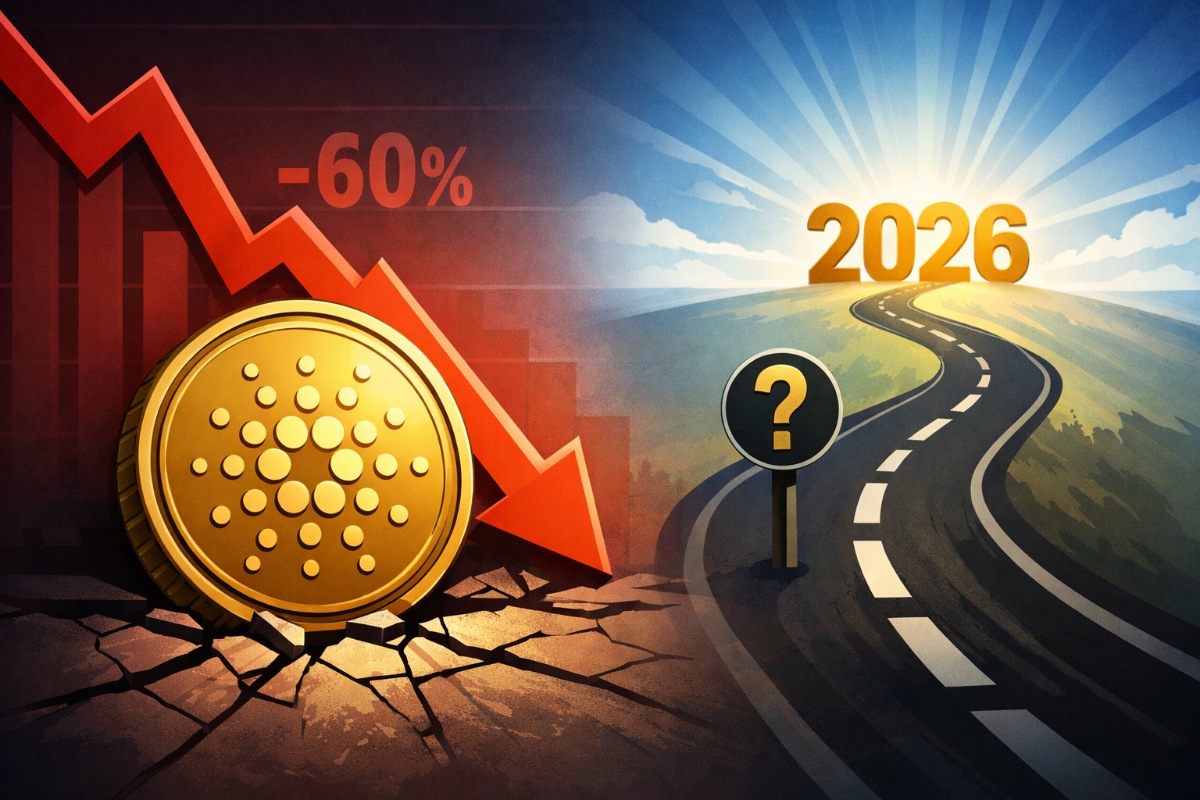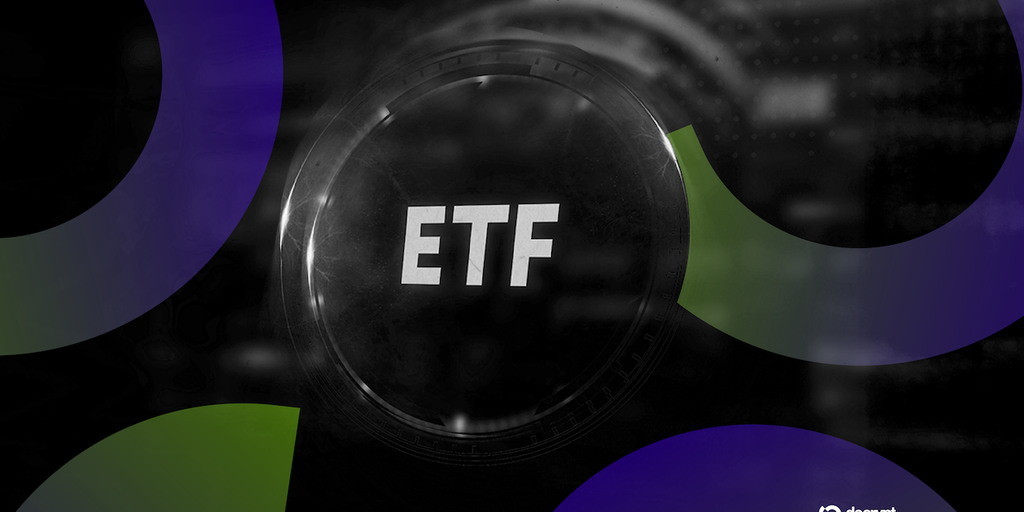Understanding Different Types of Cryptocurrencies
Key TakeawaysThousands of cryptocurrencies exist, each with distinct features and purposes.Coins (like Bitcoin) have their own independent blockchain network, and altcoins (all except Bitcoin) offer various...

Key Takeaways
- Thousands of cryptocurrencies exist, each with distinct features and purposes.
- Coins (like Bitcoin) have their own independent blockchain network, and altcoins (all except Bitcoin) offer various features.
- Tokens rely on existing blockchains (like Ethereum) to function.
The world of cryptocurrency is wide. There are thousands of digital currencies, both famous names like Bitcoin and lesser-known ones, each with unique features. We explore some of the most valuable cryptocurrencies and explain what makes them different.
What are the Different Types of Cryptocurrency?
Coins
These are digital currencies with their own independent blockchain network. Bitcoin and Ethereum are the main examples. They have their own set of rules and operate independently.
Altcoins
This category refers to any coin other than Bitcoin. While some altcoins share similarities with Bitcoin, others can be quite different. For instance, Dogecoin has an unlimited supply of coins compared to Bitcoin’s capped amount.
Tokens
These are digital assets built on top of existing blockchains like Ethereum. They are not native to their own blockchain and rely on the infrastructure of another cryptocurrency. Popular examples include Tether, Chainlink, Uniswap, and Polygon.
10 Types of Cryptocurrency
1. Bitcoin (BTC)
Bitcoin (BTC), the original cryptocurrency launched in 2008, remains a dominant force. It operates on its own secure blockchain, where a network of miners verifies transactions and creates new Bitcoins, capped at a total of 21 million. As of April 2024, Bitcoin holds the title for the highest market capitalization in the entire crypto market.
1.1 Bitcoin Cash (BCH)
Born from a 2017 split (hard fork) of Bitcoin, BCH tackles scalability issues by allowing more transactions through larger blocks. This aims for faster and cheaper transactions, making it suitable for everyday use. While sharing Bitcoin’s core principles, BCH operates independently and prioritizes transaction efficiency.
2. Ether (ETH)
Powering the Ethereum blockchain, Ether (ETH) is the cryptocurrency that keeps things running. Unlike Bitcoin’s capped supply, Ether has no limit on the total amount that can exist. What sets Ethereum truly apart is its ability to execute smart contracts – self-activating programs that add a whole new layer of functionality to the blockchain.
3. Binance Coin (BNB)
BNB is the native cryptocurrency of Binance, the world’s top crypto exchange. Using BNB for transactions grants users discounted fees, fueling its popularity and market cap. To maintain value stability, Binance regularly “burns” a portion of circulating BNB coins.
4. Tether (USDT)
Tether (USDT) is a stablecoin. Unlike Bitcoin’s wild price swings, Tether aims for stability by being tethered (linked) to the US dollar. In theory, each USDT is backed by one US dollar, minimizing the price fluctuations common in crypto. However, there’s an ongoing debate about whether Tether has enough real dollars in reserve to fully support all USDT in circulation.
5. Solana (SOL)
SOL is the lifeblood of the Solana platform, a blockchain network boasting an impressive 50,000 transactions per second. This blazing-fast speed makes Solana a top choice for investors seeking rapid cryptocurrency trades.
6. XRP (XRP)
Think of XRP as the SWIFT system of the crypto world. Running on the Ripple network, XRP is designed specifically for financial institutions. It acts like a bridge currency, allowing for faster and cheaper international payments compared to traditional methods. This makes XRP a valuable tool for banks looking to streamline cross-border transactions.
7. Cardano (ADA)
Cardano (ADA) positions itself as a “third-generation” cryptocurrency, aiming to address the shortcomings of earlier generations. To achieve faster transaction speeds, Cardano cleverly splits its blockchain into two layers. It also utilizes native tokens to enhance the overall user experience for ADA holders. This innovative approach has many watching Cardano closely to see if it can live up to the hype.
8. USD Coin (USDC)
Similar to Tether, USD Coin (USDC) is a stablecoin pegged to the US dollar. Unlike Tether, however, USDC prioritizes transparency with regular audits to verify its dollar reserves. This focus on transparency aims to reduce the risks associated with cryptocurrencies by ensuring users can always redeem their USDC for cash at a 1:1 ratio.
9. Aave (AAVE)
Aave steps into the world of Decentralized Finance (DeFi) offering peer-to-peer crypto lending and borrowing. Built on a proof-of-stake blockchain, Aave leverages smart contracts for secure transactions. To minimize risk, they specialize in overcollateralized loans. Here’s how it works: users deposit crypto as collateral (more than they borrow) and can then borrow a percentage of that value. This approach helps prevent loan defaults. Aave even has its own cryptocurrency, aptly named AAVE.
10. Avalanche (AVAX)
AVAX is the lifeblood of the Avalanche platform, claiming the title of “fastest smart contracts platform.” This translates to speedy transactions and lower fees for users. But Avalanche offers more. Developers can create custom blockchains (“subnets”) directly on Avalanche, and these subnets are compatible with Solidity, the programming language used by Ethereum. This compatibility makes it easier for Ethereum developers to bring their ideas to life on Avalanche.
Final Thoughts
The cryptocurrency landscape is wide but it’s important to approach it with caution. While there are thousands of options, from established coins like Bitcoin to up-and-coming altcoins and tokens, each offers unique features and functionalities.
Educate yourself before investing. Understand the three main categories (coins, altcoins, tokens) and research specific cryptocurrencies you’re interested in. Explore popular choices like Bitcoin (the original and dominant), Tether (a stablecoin pegged to USD), or Ethereum (smart contracts), but remember there are many more to discover.
By familiarizing yourself with the overall market and potential risks, you’ll be better equipped to make informed decisions as you navigate this exciting and dynamic ecosystem.
Delegate Your Voting Power to FEED DRep in Cardano Governance.
DRep ID: drep12ukt4ctzmtf6l5rj76cddgf3dvuy0lfz7uky08jfvgr9ugaapz4 | We are driven to register as a DRep by our deep dedication to the Cardano ecosystem and our aspiration to take an active role in its development, ensuring that its progress stays true to the principles of decentralization, security, and community empowerment.DELEGATE VOTING POWER!







